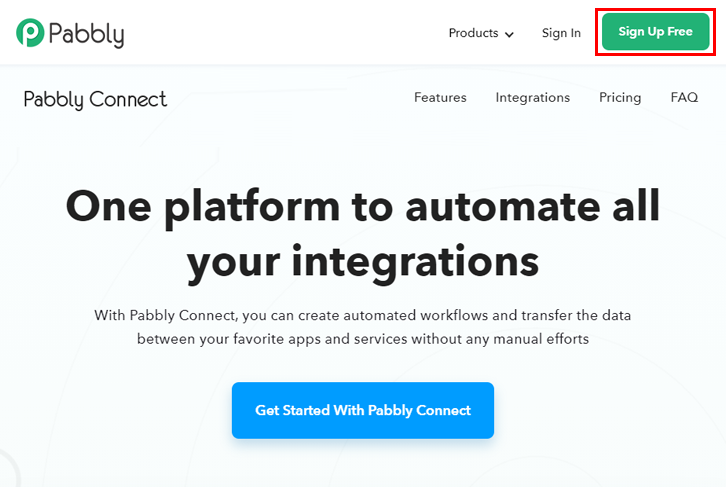Searching for a way to add MailChimp member from new Shopify order? If yes!! Then look no further, as here we are going to integrate Shopify with MailChimp using Pabbly Connect. So that whenever a new order will get placed in Shopify, the customer will get automatically added in Mailchimp.
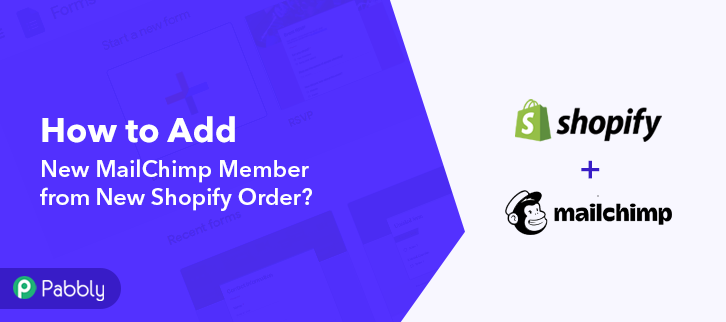
Wouldn’t it be very helpful and time-saving? Well, if only you can use a connecting service that can let you to transfer data automatically from one app to another. Therefore, here in this blog, we’ll be using Pabbly Connect to do so, as it is one of the best automation tool to automate tasks in no time.
But before moving forward, let’s understand both software and why there is a need to integrate Shopify with MailChimp. Shopify is an e-commerce platform that lets you build your own store. And, on the other hand, MailChimp is a marketing automation platform and email marketing software that comes with features like automation, landing pages and surveys.
Hence, by connecting Shopify with MailChimp, you can add member in MailChimp whenever an order is placed in Shopify in real-time. This way you can keep all your customers updated about all the latest updates and news. Then, you don’t have to worry about doing repetitive work & can ultimately save a lot of time & effort.
Why Choose This Method Of Integration?
In contrast with other integration services-
- Pabbly Connect does not charge you for its in-built apps like filters, Iterator, Router, Data transformer, and more
- Create “Unlimited Workflows” and smoothly define multiple tasks for each action
- As compared to other services which offer 750 tasks at $24.99, Pabbly Connect offers 50000 tasks in the starter plan of $29 itself
- Unlike Zapier, there’s no restriction on features. Get access to advanced features even in the basic plan
- Try before you buy! Before spending your money, you can actually signup & try out the working of Pabbly Connect for FREE
Pabbly Connect is one of the best integration & automation tools that enables you to integrate unlimited premium applications, set unlimited triggers & actions, create infinite workflows, etc.
Furthermore, you don’t even need to have any coding skills. Just integrate it once & relax, it will handle all the workload later. Also, you can access all the features even in its free plan. Just go to the App Directory and look for the apps you use to get started.
Therefore, here we will learn how to connect Shopify and MailChimp in real-time. Besides, we have a template for this integration that can assist you to get started quickly. Tap on the Use Workflow button below to get started.
Thus, without any further, let’s start the blog about how to add MailChimp member whenever a new order is placed in Shopify.
Step 1: Sign up to Pabbly Connect
Begin the process to add MailChimp member from new Shopify order by hitting the “Sign Up Free” icon on the Pabbly Connect home page. Next, either manually fill-up all the details or sign up using your Gmail account.
Try Pabbly Connect for FREE
Then, after logging into the account, hit the “Access Now” button of the Connect section in the dashboard. Start by creating a workflow for your project by pressing the ‘Create Workflow’ button. Following that, name the workflow just like in the above-shown image. I named the workflow “Shopify Integration”, you can obviously name the workflow as per your requirements. Once you are done with naming your workflow, now select the application you want to integrate. Pabbly Connect allows you integrate countless premium applications, tap here to create your free account now.Step 2: Access Pabbly Connect
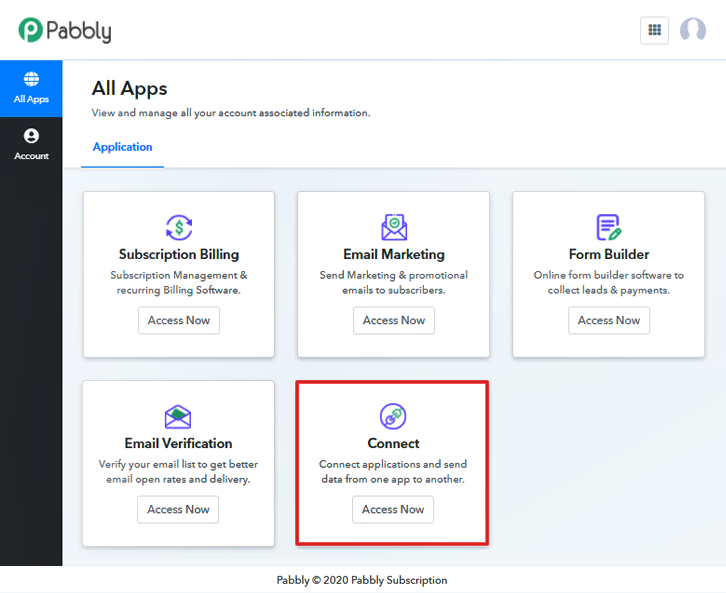
Step 3: Workflow for Shopify with MailChimp Integration
(a) Start with a New Workflow
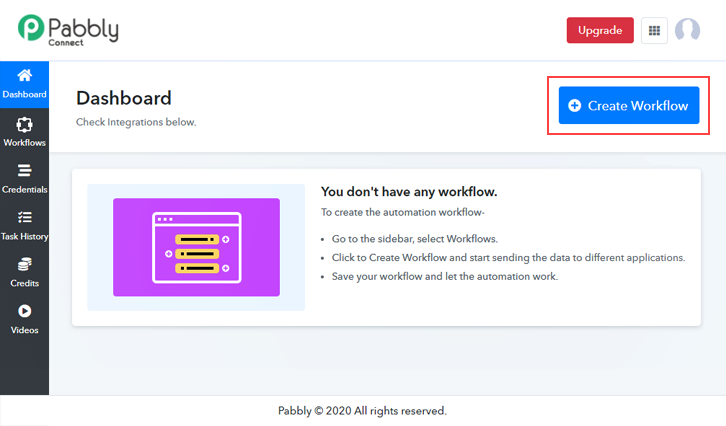
(b) Name the Workflow
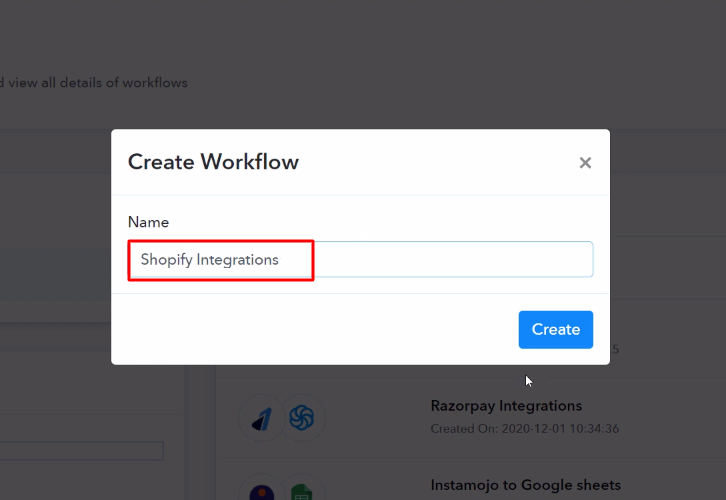
Step 4: Setting Trigger for Shopify with MailChimp Integration
(a) Select Application you Want to Integrate
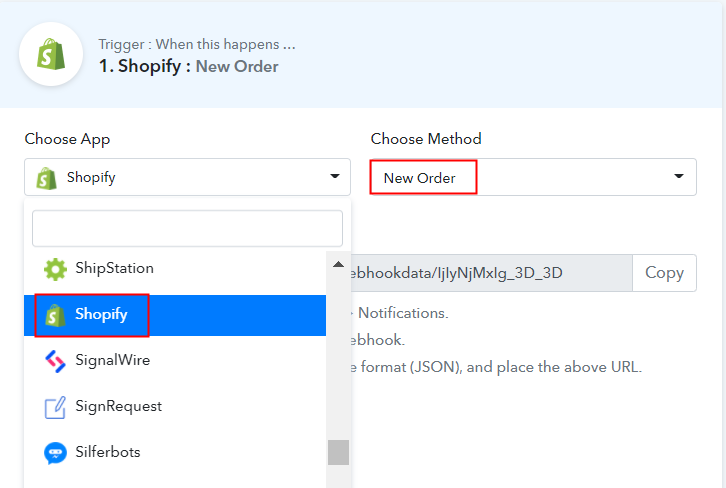
The following step is to select “Shopify” from the dropdown option, then choose the method as “New Order” to add member in MailChimp.
(b) Copy the Webhook URL
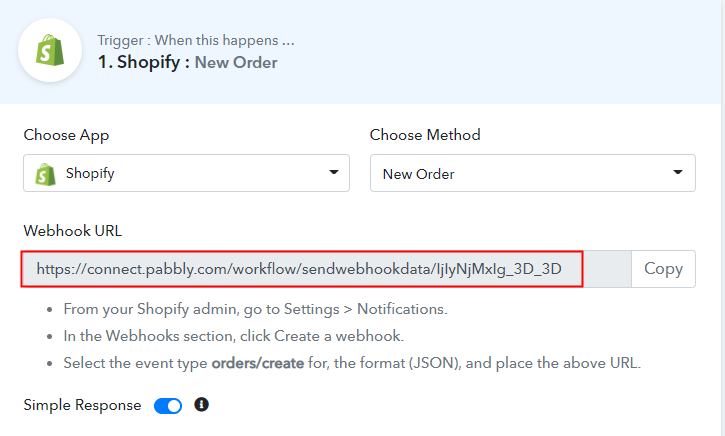
The subsequent step is to copy the webhook URL which is appearing on the dashboard.
Step 5: Connecting Shopify to Pabbly Connect
Subsequently, in order to add MailChimp member from new Shopify order, you gotta paste the copied Webhook URL in the software. Therefore, you have to log in to your Shopify account.
(a) Go to Shopify Settings
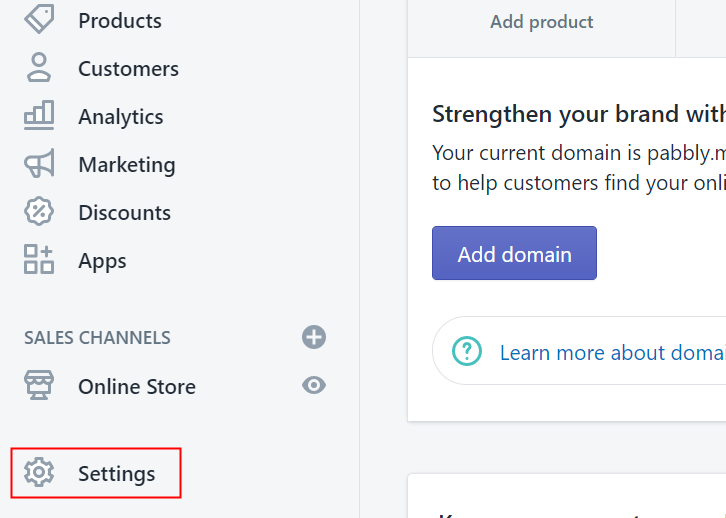
Go to the “Settings” section at the bottom of the dashboard after signing in to your Shopify account.
(b) Click on Notifications
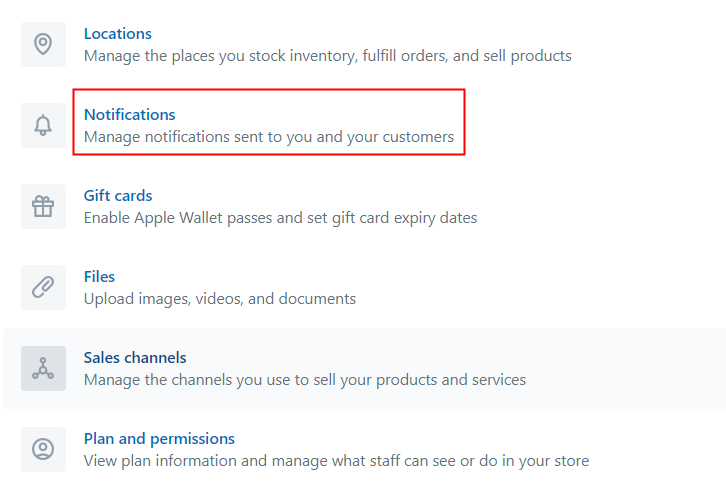
Next, when you hit Settings, a tab with a different option will open. Promptly, to paste the Webhook URL, simply hit the “Notifications” option.
(c) Move to Webhook Option
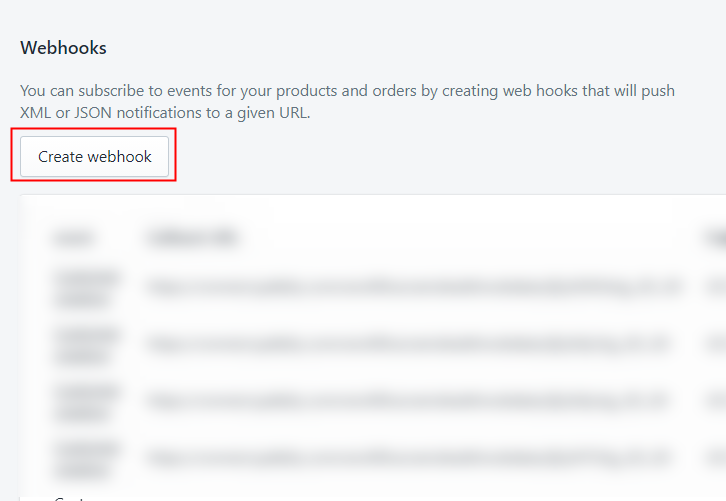
You will see the Webhook option below in the “Notification” tab, just hit the “Create Webhook” button.
(d) Paste the Webhook URL
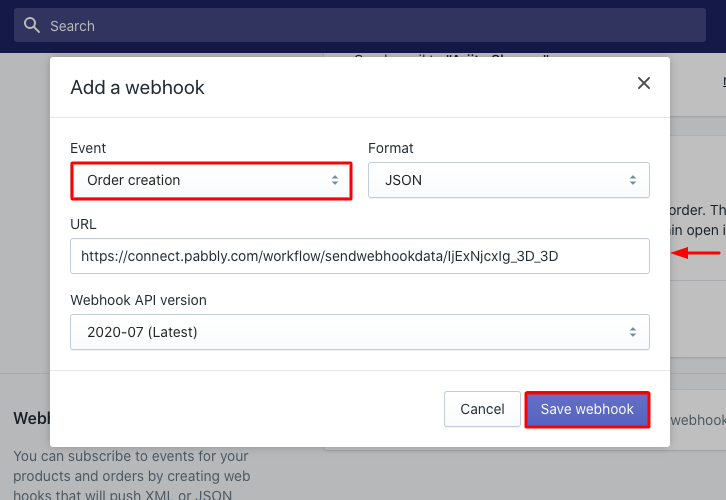
Once you press the “Create Webhook” button, a window will open up with a certain option. In “Event”, choose “Order Creation” from the dropdown, the “Format” would be JSON. Simply paste the copied URL in the “URL” section. Ultimately, hit “Save Webhook” to save the setting.
(e) Make a Purchase to Test Shopify Integration
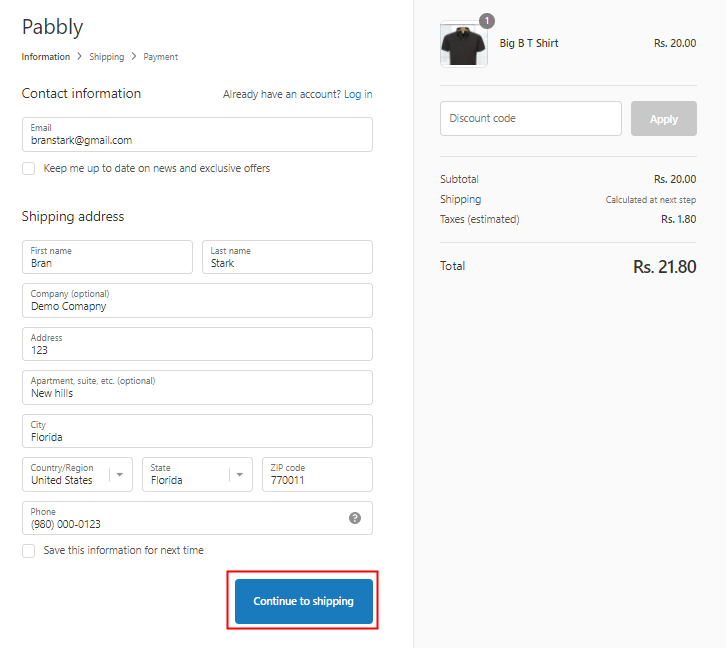
Promptly, in order to test the integration among Shopify & Pabbly Connect, just make a dummy purchase in your Shopify account of any product. And, enter all the required details and press the “Continue Shipping” button. But before making the purchase, you need to go to the Pabbly Connect dashboard and press the button named “Capture Webhook Response”.
Step 6: Test the Response in Pabbly Connect Dashboard
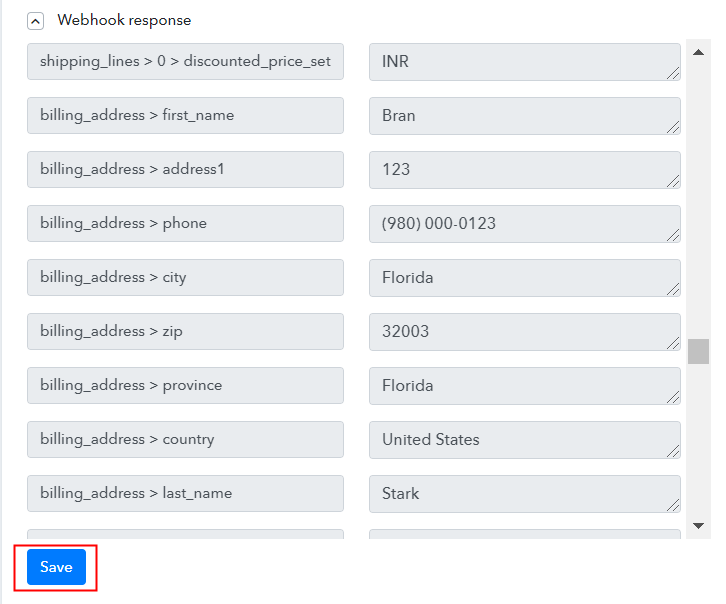
After clicking on the “Pay Now” option in the Shopify account, the entry will appear on the “Pabbly Connect” dashboard. Moreover, hit the “Save” option.
Step 7: Setting Actions for Shopify to MailChimp Integration
Now, in order to make this Shopify-MailChimp integration work, you have to choose an action for your trigger.
(a) Select Application you Want to Integrate
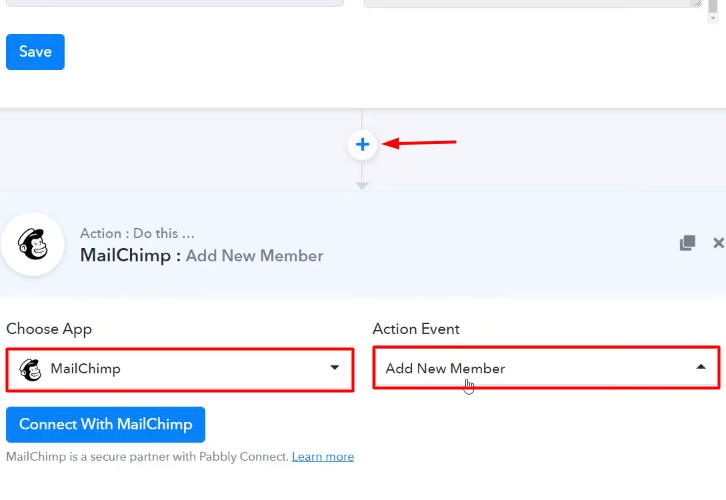
Next, hit the + button below and choose the application that you want to integrate. Here we will choose ‘MailChimp’ to integrate and in the method section select ‘Add New Member’.
(b) Click the Connect Button
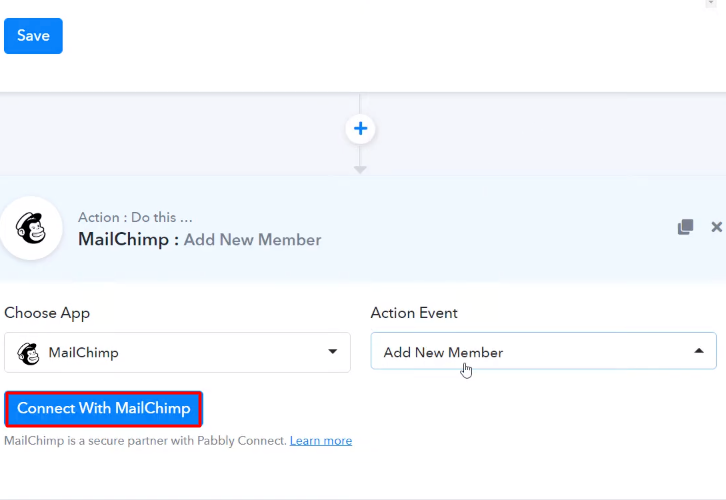
After choosing the application hit the ‘Connect with MailChimp’ button to move forward.
Step 8: Connecting MailChimp to Pabbly Connect
Later, in order to connect MailChimp to Pabbly Connect, now it’s time to paste the “Bearer Token” for that you have to log in to your MailChimp account.
(a) Click on MailChimp Account
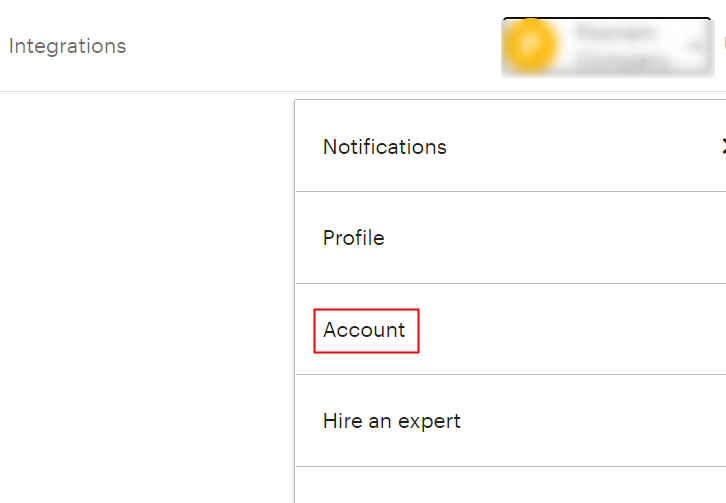
Once you log into your MailChimp account, hit the ‘Account’ on the uppermost section of the dashboard.
(b) Move to Extras
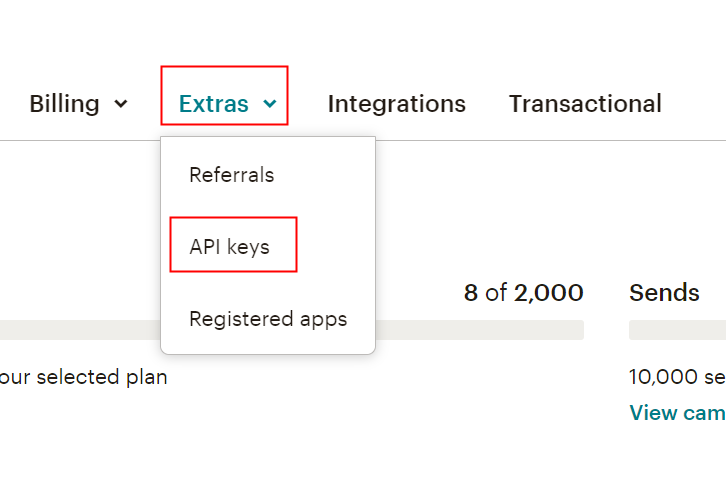
When you tap on ‘Account’ it will open up the new window. There you will see the ‘Extras’ option, simply click on it. Next, hit the ‘API Keys’ option.
(c) Copy the API Key
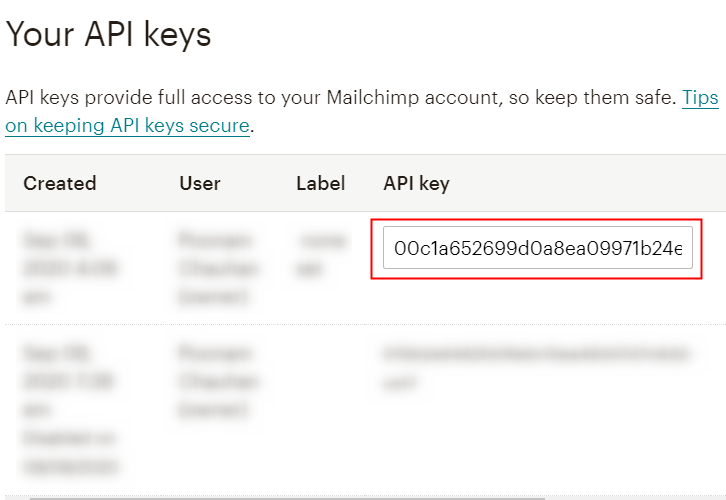
As soon as you will click on the ‘Create a Key’ button, it will generate the key. Just copy it.
(d) Paste the API Key
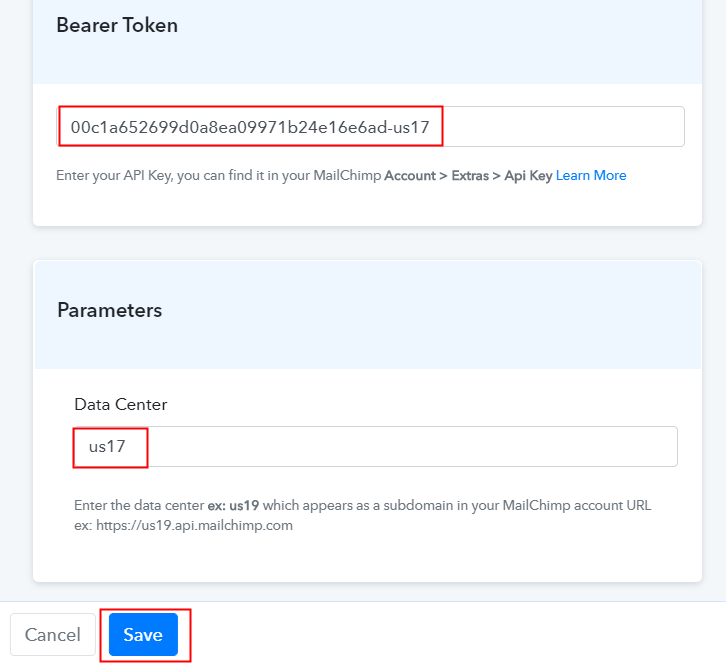
Now, paste API Key in the bearer token section, & in the ‘Data Center’ column, mention MailChimp id which appears in the starting of your MailChimp URL. After ensuring all this, click the ‘Save’ button.
(e) Map Field Details
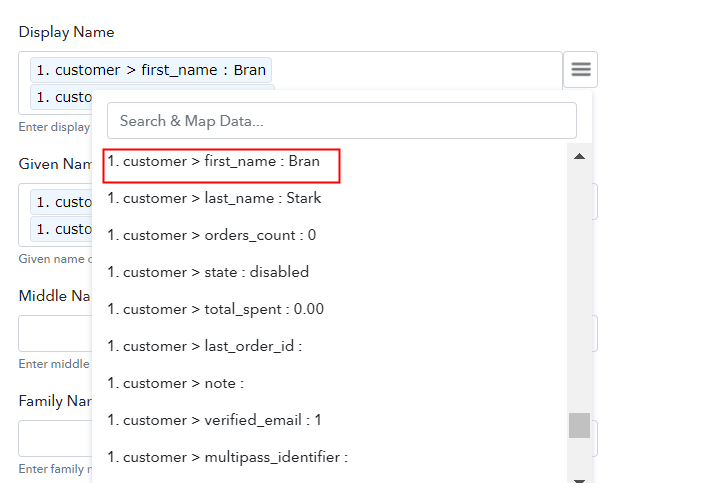
Next, map the required field from the drop-down such as for the display name, select the name, and for the billing address, map the address.
(f) Save and Send Test Request
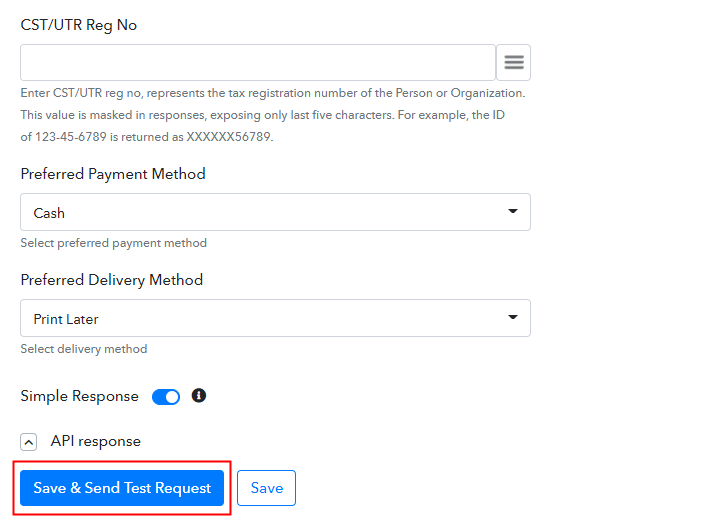
Eventually, after filling all the details, save the setting and then “Send Test Request” to test the Shopify-MailChimp integration.
Step 9: Test the Response in Pabbly Connect Dashboard
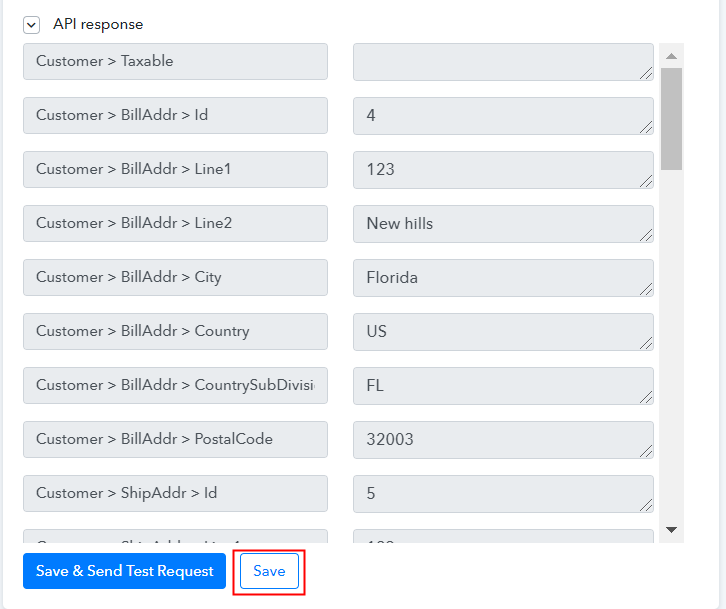
As you can see, the data has been successfully sent to MailChimp. Forthwith, hit the “Save” button to save the entire workflow.
Step 10: Check Response in MailChimp Dashboard

Ultimately, when you check the Audience section in MailChimp, your entry will automatically appear there.
Now you know how to add MailChimp member from New Shopify Order. This is a one-time process, now all your manual work will be done by the online business automation and integration tool i.e Pabbly Connect.
Conclusion –
That’s it! Here we provide in detail “How to Add New MailChimp Member from New Shopify Order” using the software. Just follow the step by step procedure mentioned above & your Shopify to MailChimp integration will be set.
So, what are you waiting for? Go ahead and catch your deal by signing up for a free account.

